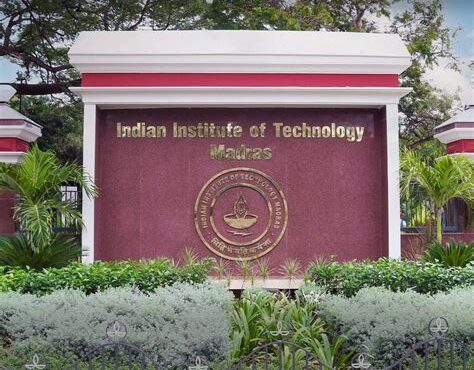
The Evolution and Impact of Computer Education in India
The digital revolution has profoundly transformed societies worldwide, and India, with its vast population and diverse socio-economic landscape, stands as a testament to the power of technology in reshaping economies and educational paradigms.
Many enthusiasts are flocking to online casino bangladesh sites for their convenience, variety of games, and enticing bonuses.
Computer education in India has evolved significantly over the past few decades, playing a crucial role in the nation’s journey towards becoming an information technology powerhouse.
Historical Context
In the early stages, computer education in India was primarily confined to higher education institutions and a few specialized centers. The 1980s marked the beginning of a gradual shift, with the introduction of computer science courses in select universities and the establishment of training centers by global IT giants. The government’s National Policy on Education, 1986, laid the groundwork for integrating computer education into the school curriculum, recognizing the need for a tech-savvy workforce.
Government Initiatives
The Indian government has been proactive in promoting computer literacy and education. The National Institute of Electronics and Information Technology (NIELIT), formerly known as DOEACC, was established to develop quality manpower in the field of Information, Electronics, and Communication Technology (IECT). The Digital India campaign, launched in 2015, aimed at ensuring that government services are made available to citizens electronically, also emphasized the importance of computer literacy.
Under the Sarva Shiksha Abhiyan (SSA) and Rashtriya Madhyamik Shiksha Abhiyan (RMSA), efforts have been made to integrate computer education in schools, especially in rural and semi-urban areas. The National Mission on Education through Information and Communication Technology (NMEICT) focuses on leveraging technology to improve educational access and quality at the tertiary level.
Private Sector and NGOs
The private sector and non-governmental organizations (NGOs) have been instrumental in supplementing government efforts. Companies like Infosys, Tata Consultancy Services (TCS), and Wipro have not only contributed to higher education through funding and collaboration but have also initiated programs aimed at enhancing computer literacy at the grassroots level. NGOs such as Pratham InfoTech Foundation and the Azim Premji Foundation work tirelessly to bridge the digital divide, providing resources and training to underprivileged sections of society.
Curriculum and Pedagogy
The curriculum for computer education in India has undergone substantial changes, keeping pace with global technological advancements. From basic computer literacy programs to advanced courses in artificial intelligence and machine learning, the range of offerings has expanded significantly. Schools are now equipped with computer labs, and coding has been introduced at the middle school level in many institutions.
Pedagogical approaches have also evolved, with a shift towards experiential learning and project-based methodologies. The use of educational software, online resources, and virtual classrooms has become commonplace, particularly in the wake of the COVID-19 pandemic, which underscored the necessity of robust digital infrastructure for uninterrupted learning.
Challenges and Opportunities
Despite significant progress, challenges remain in the realm of computer education in India. The digital divide, characterized by disparities in access to technology between urban and rural areas, continues to be a major hurdle. Many schools, especially in rural regions, still lack basic infrastructure such as computers and internet connectivity. Teacher training is another critical area, with a need for ongoing professional development to keep educators abreast of technological advancements.
However, these challenges present opportunities for innovation and collaboration. The rise of affordable technology and internet penetration in rural areas offer a promising outlook. Initiatives like the BharatNet project, aiming to provide high-speed broadband to rural India, are steps in the right direction.
The Road Ahead
The future of computer education in India looks promising, driven by a combination of government initiatives, private sector involvement, and societal awareness. Emphasizing computer education from the foundational level will equip the younger generation with the skills needed to thrive in a digital economy. Collaborative efforts between stakeholders can address existing challenges and pave the way for an inclusive and comprehensive computer education framework.
In conclusion, computer education in India has made remarkable strides, reflecting the nation’s commitment to harnessing technology for socio-economic development. As the digital landscape continues to evolve, so too must the strategies and policies guiding computer education, ensuring that every Indian, regardless of background, has the opportunity to participate in and benefit from the digital age.



